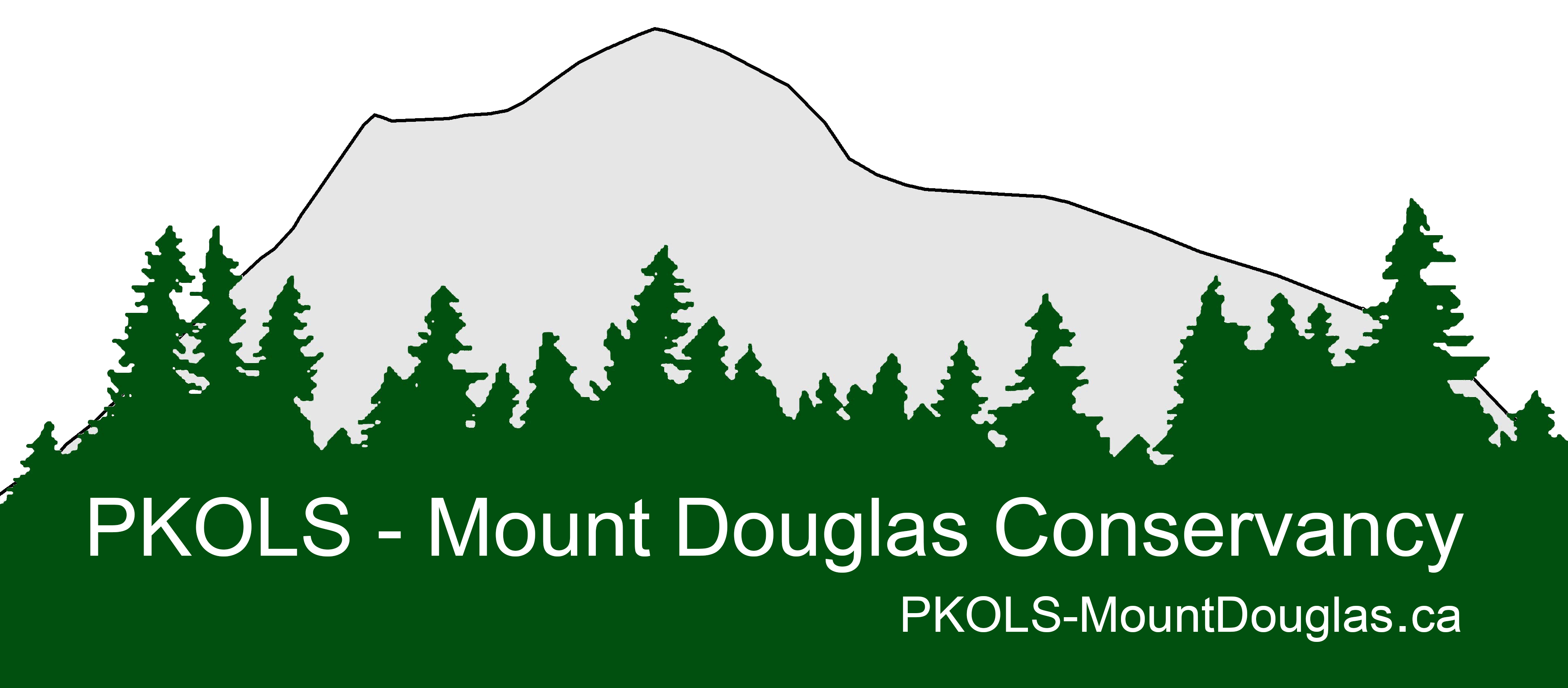As of mid-June 2023, the Forest Fire Rating for PKOLS (Mount Douglas Park) is listed as “High.” The dry conditions and summer temperatures have elevated the risk of wildfires, reminding us to be extra vigilant and proactive in fire prevention and safety measures. This presents us with an opportunity to reflect upon the complex, significant, and undeniable impact that fires have contributed to the history of this land over the years.

For thousands of years, indigenous communities on South Vancouver Island used controlled burns to maintain the delicate balance of Garry Oak (and associated) Ecosystems. These controlled burns sustained nutrient-rich soil in camas meadows, which in turn provided sustenance to indigenous communities over millennia.

Fire suppression policies that developed as a result of colonization and urbanization disrupted a crucial cycle in South Island ecosystems and have had negative impacts not only on Indigenous cultural practices, but on the health of local ecosystems as well.
While the benefits of controlled burns for maintaining forest health must be recognized, conducting such practices in a natural park now surrounded by residential homes presents a challenge due to potential risks to human safety and property.
In the absence of both naturally occurring and controlled (low-intensity) fires, the risk of catastrophic (high-intensity) fires has increased. Over the last five decades in particular, PKOLS-Mount Douglas Park has experienced the consequences of this escalated risk.

In August 1971, a fire blazed through 10 acres on the west slope of PKOLS-Mount Douglas. In response, the Victoria C.B. Radio Club set up a fire patrol for PKOLS-Mount Douglas and Mt. Tolmie. By October 1971, they had carried out 180 patrols & located seven fires.

In the summer of 1972, an out-of-control fire consumed 50 acres on the mountain, burning for six days before it was eventually put out. In 1975 a brush fire burned for 5 hours on the Cordova Bay/Blenkinsop side of the park.

By 1975, there were increased concerns about bank erosion and destabilization in the park. These high-intensity fires are one of several factors that have contributed to the ongoing slope stability and erosion issues that persist in PKOLS-Mount Douglas Park today.
While spending time in PKOLS-Mt. Douglas Park this summer, remember that preventing fires is everyone’s responsibility. Always refer to current fire restrictions & report any signs of fire (or irresponsible behaviour that could start a wildfire) immediately by calling *5555 from your cell phone.
Further learning:
Future Ecologies Podcast – On Fire: Camas, Cores, and Spores (Part 1)
Future Ecologies Podcast – On Fire: Combustible Communities (Part 2)
Ologies with Alie Ward Podcast – Fire Ecology (WILDFIRES & INDIGENOUS FIRE MANAGEMENT)
Pellatt, Marlow & Gedalof, Ze’ev & Mccoy, Marian & Bodtker, Karin & Cannon, Alex & Smith, Shyanne & Beckwith, Brenda & Mathewes, Rolf & Smith, Dan. (2007). Fire History and Ecology of Garry Oak and Associated Ecosystems in British Columbia: Final Report for the Interdepartmental Recovery Fund Project 733.
W̱SÁNEĆ Leadership Council: PENÁW̱EṈ – Moon of the Camas Harvest

